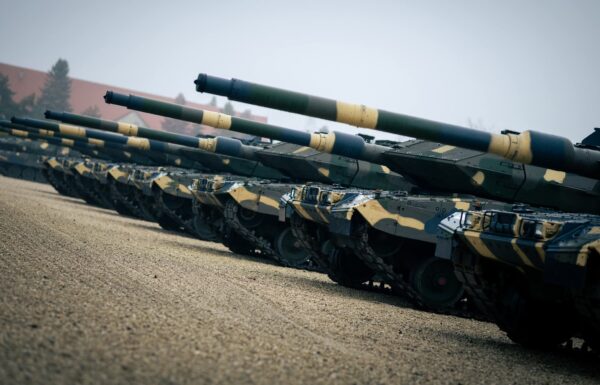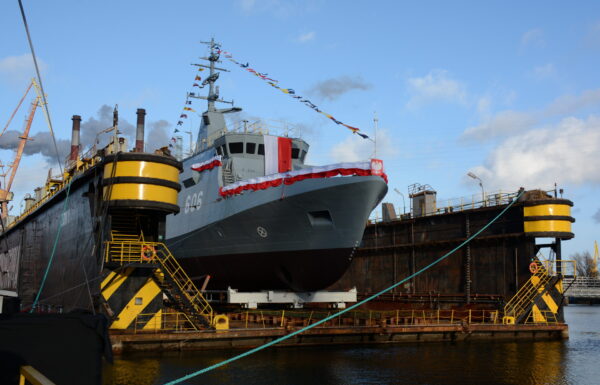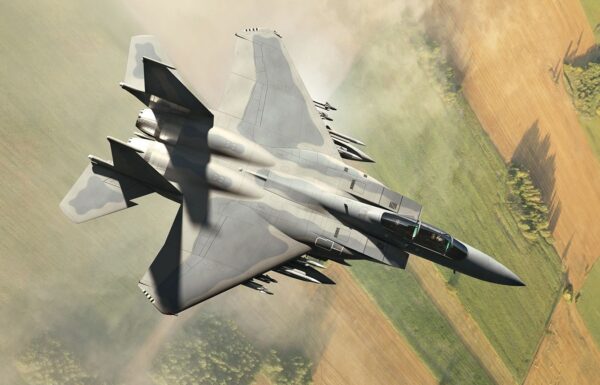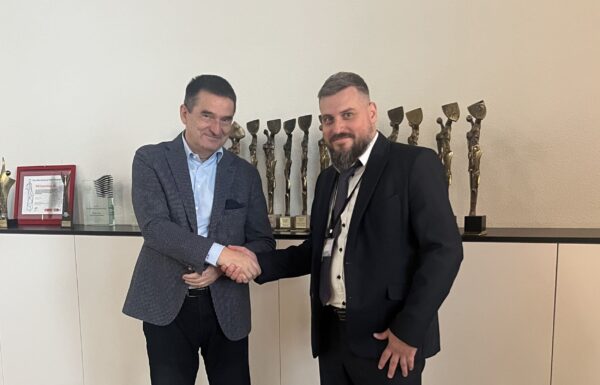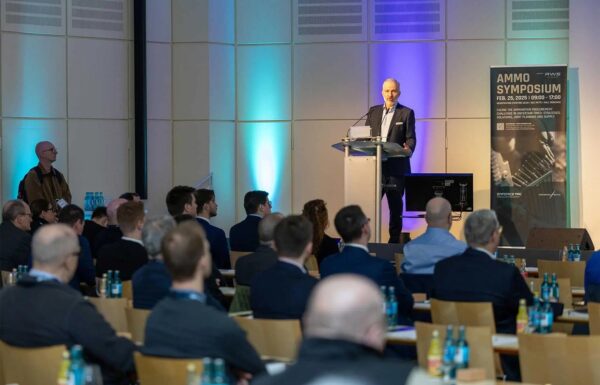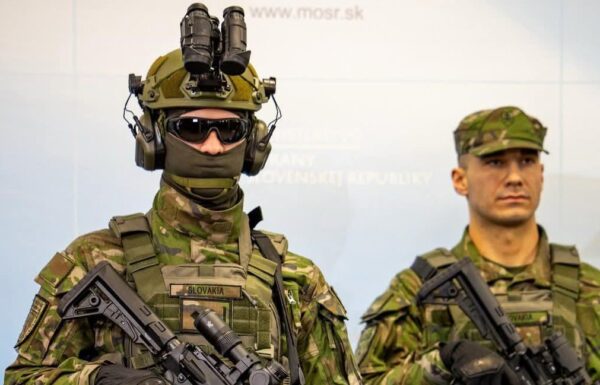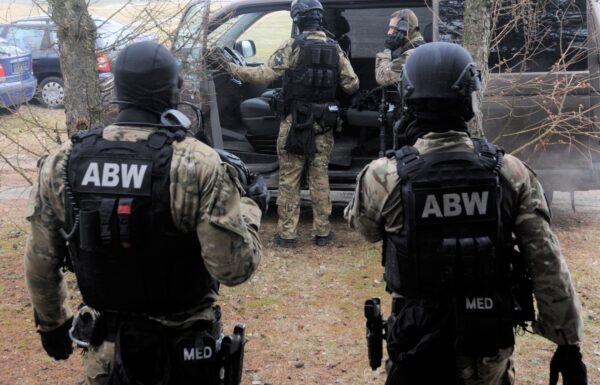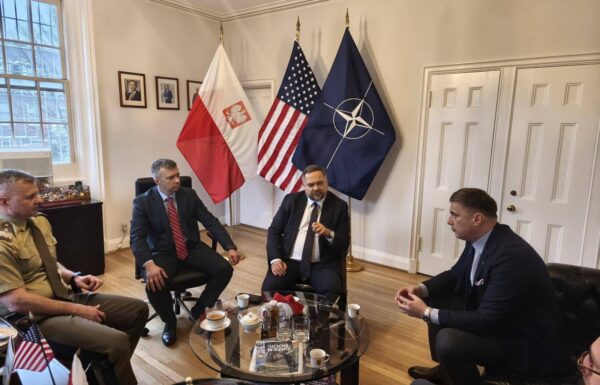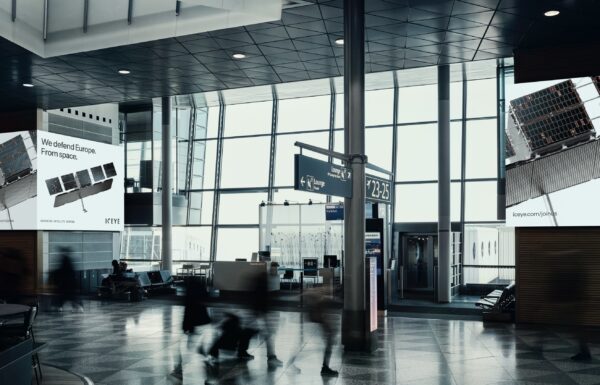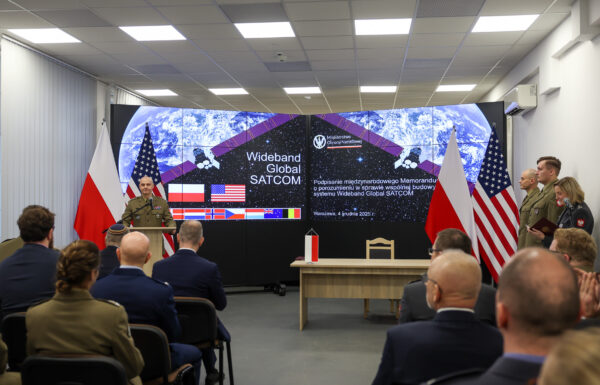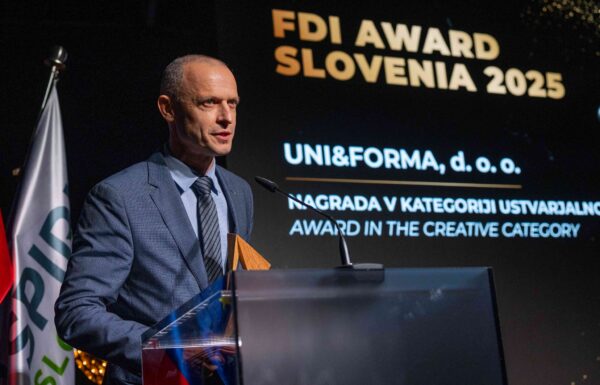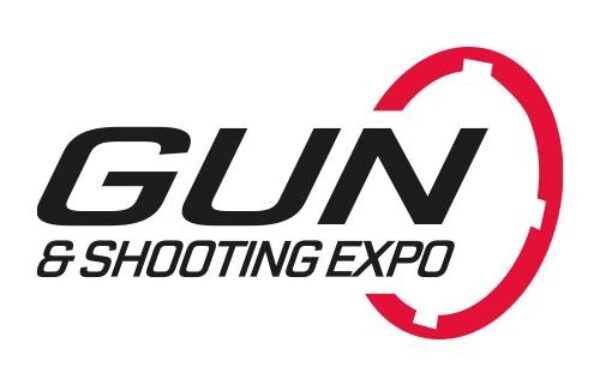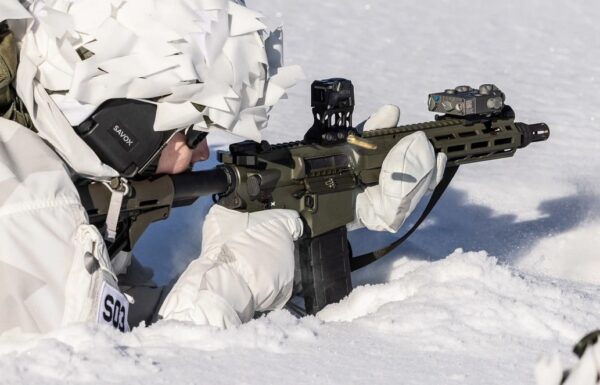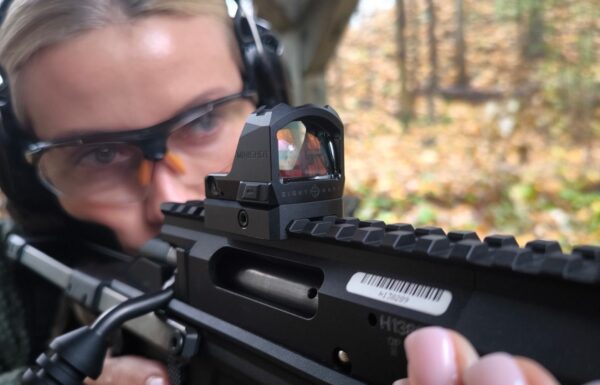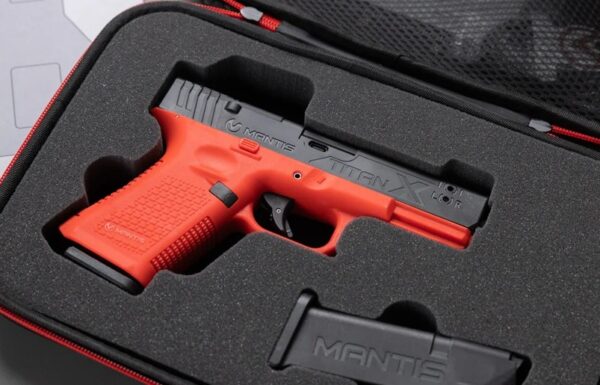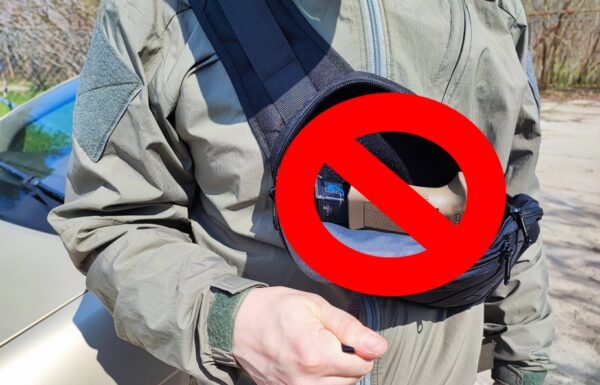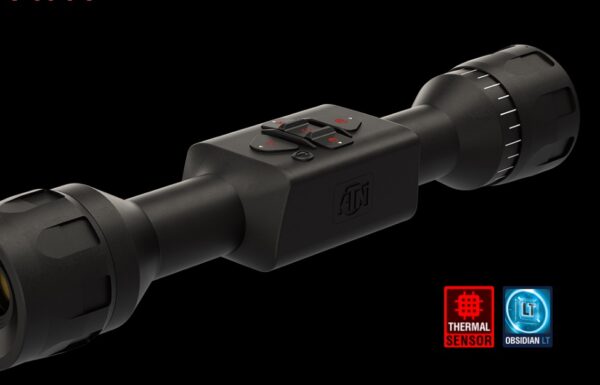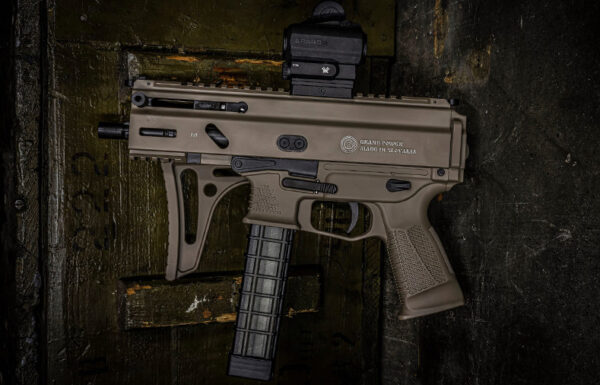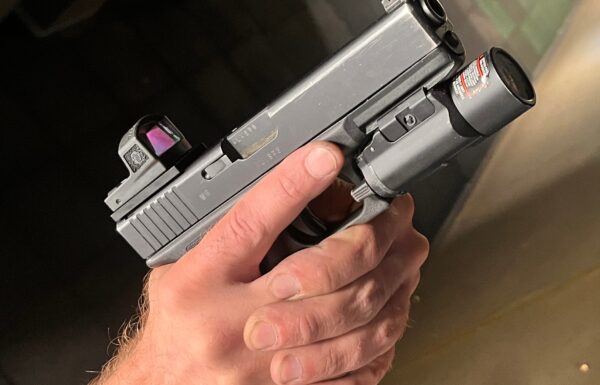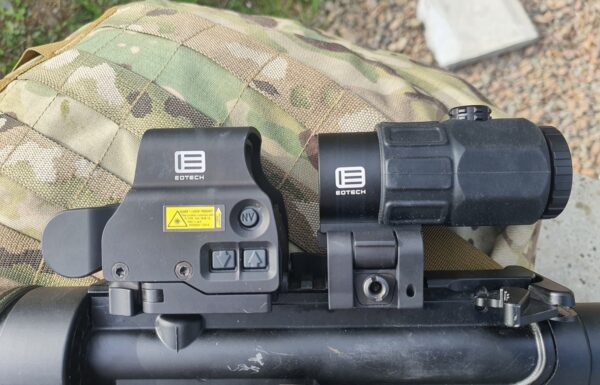Recently, the Armament Agency has signed contracts for the delivery of modern helicopters for the needs of the Polish Armed Forces. This includes eight multi-role S-70i Black Hawk helicopters for Special Forces, 32 Leonardo AW149 multi-role support helicopters for the Land Forces, and four maritime multi-role Leonardo AW101 helicopters for the Navy.
However, that’s not the end of it. It is prudent to acquire additional helicopters for the Land Forces, which need to replace transport helicopters from the Mi family. These could be AW101 helicopters or additional AW149s or a certain mix of these platforms, depending on their doctrine of use. Additionally, Poland is to acquire 96 AH-64E Apache Guardian attack helicopters. In addition to the aforementioned four maritime AW101s, the needs of the Navy are estimated to require at least eight or even twelve additional units of this type, including shipborne helicopters as part of the Kondor program, which would replace the aging SH-2G Super Seasprite.
What connects the aforementioned helicopters is the fact that they are at least one generation more modern than the helicopters currently used in the Polish Armed Forces. This sets entirely new requirements in terms of personnel training – both for pilots and technical staff.
 Pilots of the Polish Navy in the cockpit of the AW101 helicopter / Photo: Polish Navy
Pilots of the Polish Navy in the cockpit of the AW101 helicopter / Photo: Polish Navy
A significant number of new helicopters that are already being delivered, as well as those that will be delivered to the Polish Armed Forces, will be produced by PZL-Świdnik (AW149) or with significant involvement of these facilities (AW101). Therefore, it is not surprising that the Polish helicopter manufacturer offers its solutions to our military in terms of pilot and technical personnel training. PZL-Świdnik would be the direct provider of a comprehensive training system. This system would include all necessary elements such as trainers, simulators, combat training helicopters, and a logistics package. In addition, there would be full support from PZL-Świdnik as the helicopter manufacturer for the flying and technical personnel to be trained.
Virtual Reality Simulator
PZL-Świdnik, operating within the Leonardo Group, offers the latest solutions in training – a simulator with virtual and augmented reality, VxR (Virtual and Extended Reality). Its real, physical part consists of the pilot’s seat, control elements such as the cyclic stick and collective lever, as well as a simplified instrument panel. The rest of the pilot’s working environment is generated using special goggles worn by the trainee pilot. This is the first device of its kind built by the manufacturer, replicating the company’s own products. This allows for the combination of simulation capabilities with data from real helicopters that the simulation replicates.
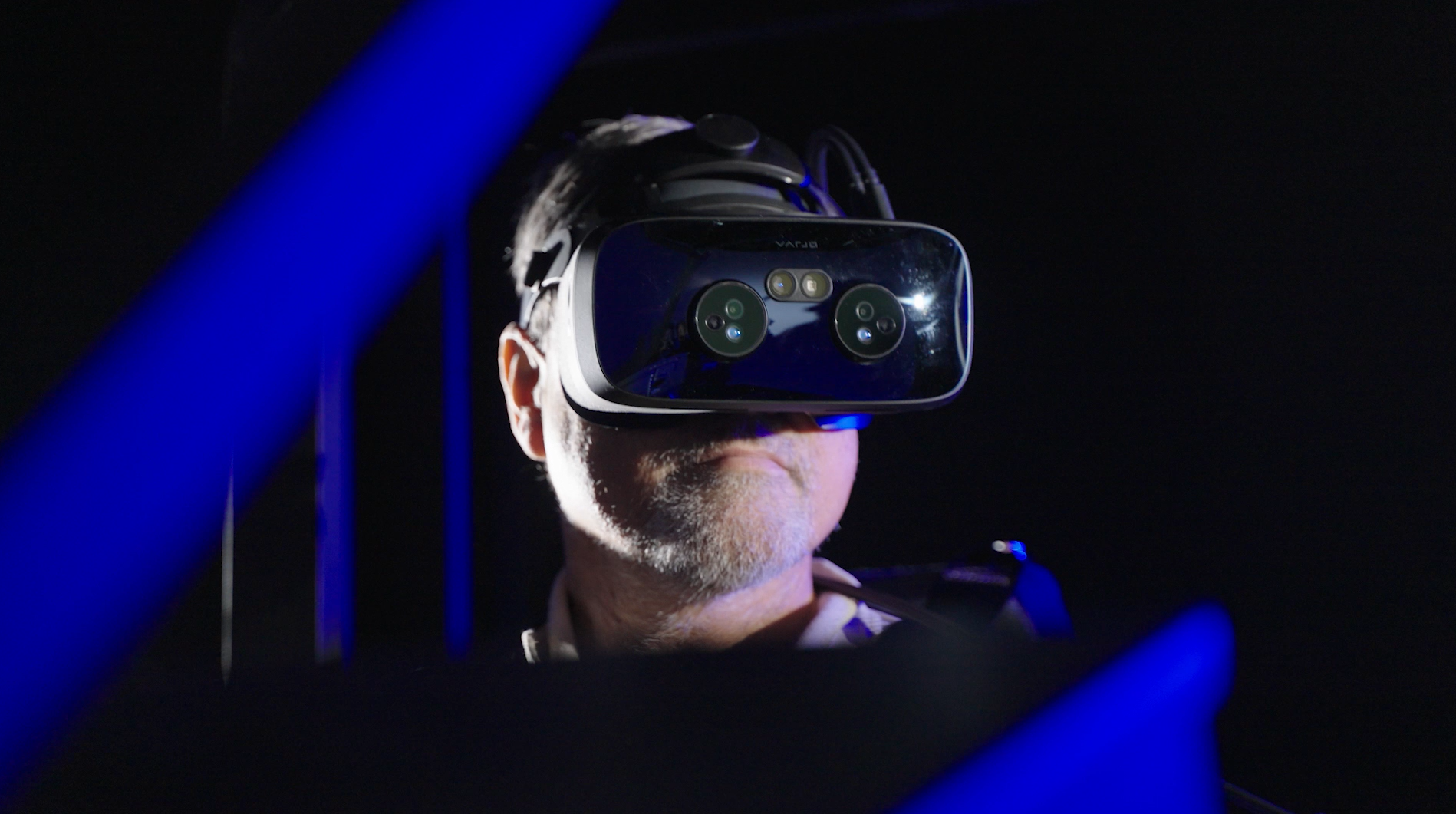 The pilot in the VxR virtual flight simulator. The augmented reality goggles provide visualizations of both the helicopter’s interior and its surroundings. / Photo: Leonardo
The pilot in the VxR virtual flight simulator. The augmented reality goggles provide visualizations of both the helicopter’s interior and its surroundings. / Photo: Leonardo
Virtual reality allows for replacing equipment equivalent to a full flight simulator. Not only is the pilot’s cockpit and the helicopter’s surroundings replicated, but also the actual dynamic properties of the simulated aircraft. All of this allows the pilot to feel just like in the cockpit of a real helicopter, including interaction with physical devices in the cockpit and on the instrument panel, which enables a more faithful representation of a given helicopter. The pilot has a 360º field of view.
Through the use of goggles, stereoscopic imaging can be achieved, which increases the realism of the pilot’s sensations while observing the virtual cockpit interior and the space outside the helicopter with terrain obstacles and other environmental elements during flight.
By using goggles, it was possible to eliminate large elements typical of traditional simulators such as a projection system. This significantly reduces the weight and size of the entire simulator, increasing its mobility and the possibility of placing it on a movable platform. Due to its small size, the VxR simulator is easy to transport and does not require extensive infrastructure. A prime example of this was the presentation of such a simulator by PZL-Świdnik during MSPO 2023. The showcased device was placed in a standard, compact container.
The virtual cockpit is capable of replicating all types of helicopters produced by the Leonardo Group. As a result, the VxR simulator can be used in the training process for crews of various helicopters in the fleet of the same user.
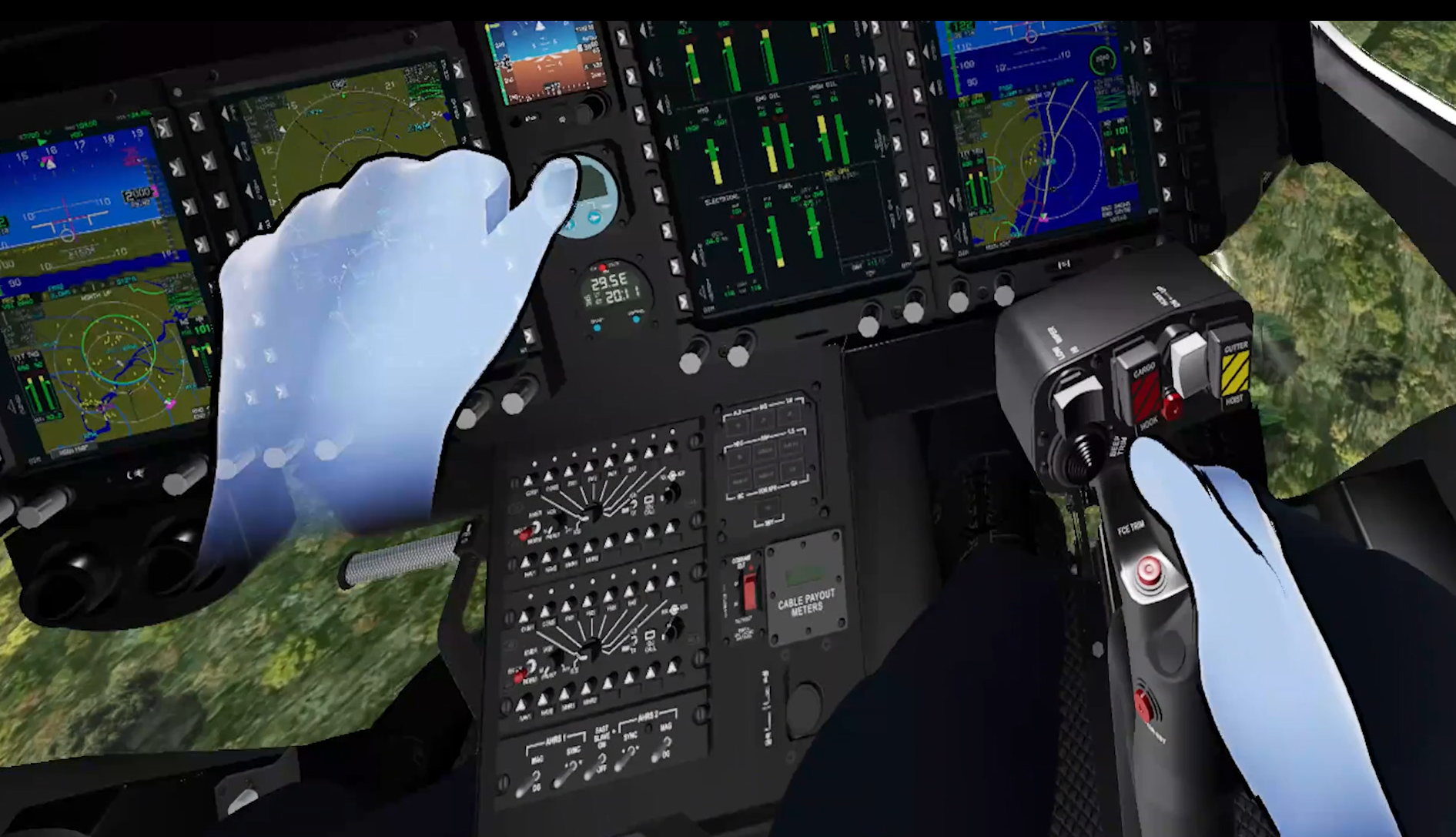 The pilot using the virtual VxR simulator, thanks to the visualization system, not only sees the interior of the cockpit and the helicopter’s surroundings but also the position of their hands, enabling manipulation of switches in the virtual cockpit. / Photo: Leonardo
The pilot using the virtual VxR simulator, thanks to the visualization system, not only sees the interior of the cockpit and the helicopter’s surroundings but also the position of their hands, enabling manipulation of switches in the virtual cockpit. / Photo: Leonardo
Comprehensive Solution
However, PZL-Świdnik is not only offering the VxR simulator but also modern solutions in the form of more traditional devices. As representatives of the Polish facility inform, today the Polish Navy uses precisely such modern simulator systems for training AW101 helicopter pilots.
 AW149 helicopter of the Land Forces / Photo: Grzegorz Sobczak
AW149 helicopter of the Land Forces / Photo: Grzegorz Sobczak
As representatives of PZL-Świdnik assure, no one knows the piloting characteristics of helicopters better than their designer and manufacturer. Thanks to access to certified data, precise replication of piloting characteristics in the simulator can be achieved. Furthermore, the helicopter manufacturer can handle the management and technical servicing of the equipment used in the training process. The experience of the Leonardo Helicopter Training Academy allows for the development of training solutions tailored to the user’s needs, taking into account various helicopter platforms, including those acquired in other programs.
Simulators with Increased Realism
A new category of product offered by the Leonardo Group is the ETD e-Motion simulator (Enhanced Training Device). It combines the capabilities of a six-degrees-of-freedom platform simulator (Full Flight Simulator) with providing increased simulation realism not only in flight characteristics but also in other pilot sensations such as G-forces, vibrations, or defining the scenery in the training area to replicate specific geographic locations.
The system can be installed in a set of containers, allowing for its use without the need for specialized infrastructure construction, and it can be deployed in any location and quickly relocated.
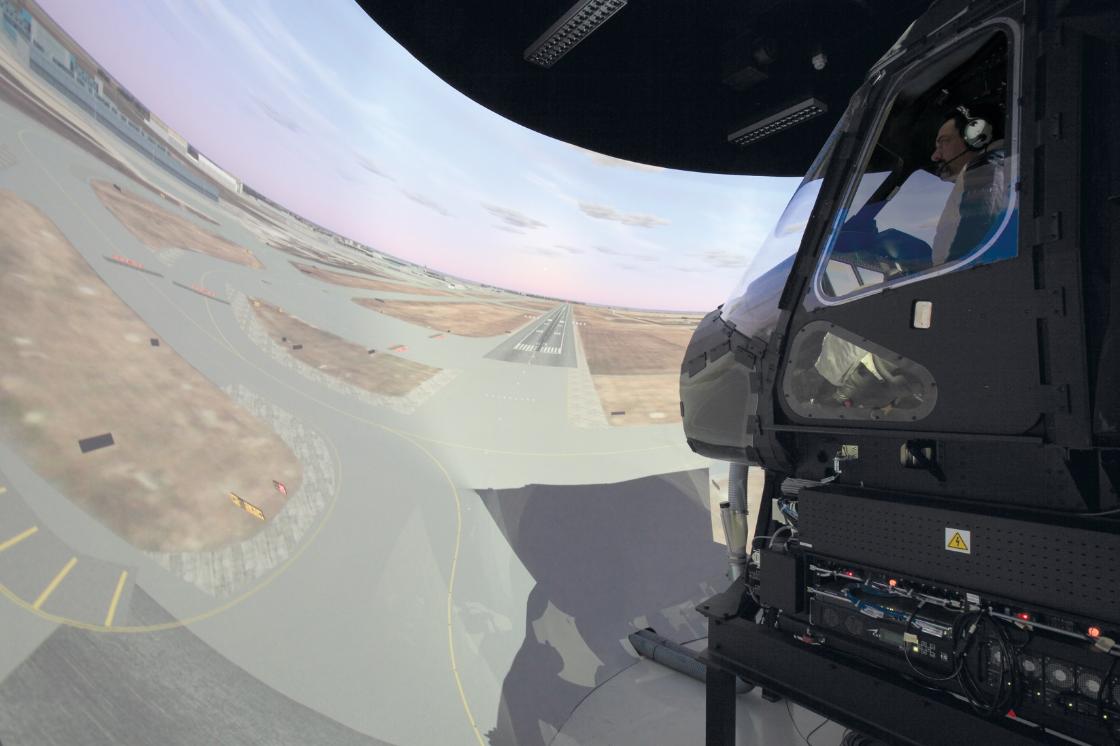 AW149 helicopter simulator provided by Leonardo / Photo: Leonardo
AW149 helicopter simulator provided by Leonardo / Photo: Leonardo
The simulator allows for conducting training in reconnaissance missions and target search using the latest sensors that can be installed on board of a helicopter, search and rescue tasks, including combat search and rescue, medical evacuation missions, missions to combat enemy armored vehicles, as well as cooperation with other military units.
AW109 TrekkerM Helicopter
For practical training, PZL-Świdnik offers the AW109 TrekkerM helicopter, which is the military version of the popular AW109. It is a light twin-engine multi-role helicopter known for its good performance, including in high-altitude and tropical climate conditions, and high flight speed. It is also flexible in adapting to various missions. The main rotor turning to the left allows trainees to develop proper piloting habits, especially in emergency situations like autorotation, which will be identical to those required for heavier helicopters that the trainee pilot will fly later.
During flight, pilots can switch their tasks easily. One can be the flying pilot, while the other serves as an observer, and later they can switch roles. An additional seat has been installed in the rear part of the pilots’ cabin, in the middle, behind the pilots’ seats, allowing observation of all actions of both pilots. It can be used, for example, as a seat for a trainee pilot flying as an observer, who can watch the actions of their colleagues during the flight and learn from their mistakes.
 AW101 maritime helicopter of the Polish Navy / Photo: Polish Navy
AW101 maritime helicopter of the Polish Navy / Photo: Polish Navy
The electronic displays of the glass cockpit facilitates flights with both single- and two-person crews, in visibility conditions adequate for both the visual flight rules (VFR) and instrument flight rules (IFR). Liquid crystal displays allow, among other things, the use of the Honeywell Synthetic Vision System, which displays a synthetic image of the surroundings supplemented with navigational data and marked terrain obstacles on the cockpit monitors. This system is also included in the equipment of helicopters such as the AW149. The TrekkerM also features the Helicopter Terrain Avoidance Warning System (HTAWS), enhancing flight safety.
Optionally, the AW109 TrekkerM can carry armament such as machine gun pods or unguided missile launchers.
Helicopters produced by Leonardo share many common features that ensure a high level of interoperability. This allows for a smooth transition of pilots from advanced training helicopters, such as the aforementioned AW109 TrekkerM, to performing tasks on heavier helicopters. A significant portion of avionics equipment is shared among various Leonardo-produced models, making Leonardo a global provider of training, simulator and software design, production, and operational application delivery. In Poland, these capabilities may be available through PZL-Świdnik, which is always involved in all commitments within Polish helicopter programs.
Training of Technicians
Today, the training processes for aircraft technical personnel also utilize simulation techniques. This includes the technical training provided by PZL-Świdnik for Leonardo family helicopters. During familiarization with maintenance principles, technical personnel use elements of practical training based on Interactive Virtual Maintenance Trainer Simulator (IVMTS) interactive devices. With this system, technicians can familiarize themselves with the construction and operation of the main helicopter components such as engines or main gearboxes. In the field of avionics and other helicopter installations, the training system is supported by a special VTM package. Thanks to these solutions, the training technical personnel can learn the procedures used for servicing onboard installations and learn to perform them correctly even before gaining full access to the actual helicopter.
Representatives of PZL-Świdnik emphasize that they are able to provide an efficient training system optimized for the Polish Armed Forces, based on the experiences already gained by the entire Leonardo Group in the field of training cooperation with military customers worldwide.
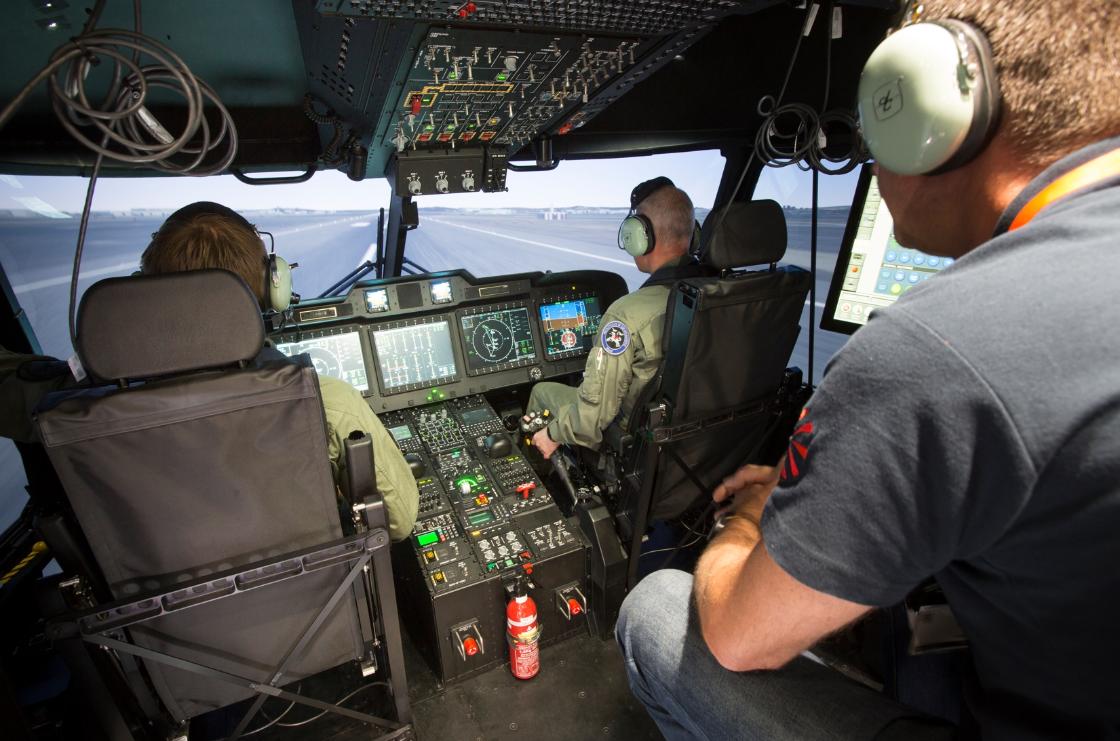 AW101 helicopter simulator cabin during pilot training / Photo: Leonardo
AW101 helicopter simulator cabin during pilot training / Photo: Leonardo
PZL-Świdnik also has the capability to provide technical support for simulator system operation and maintenance teams stationed with the user. This allows for effective operation, as well as easy access to spare parts and on-site technical support for simulator usage.
Market consultations
According to information obtained by MILMAG, the Armament Agency will, as part of market consultations, determine the possibilities of acquiring a comprehensive training solution. It will include 24 helicopters configured for training with the use of airborne combat assets, a training system composed of simulators and trainers, a logistics support package for training, material support services, a training package, and adaptation or construction of infrastructure closely related to the training system.


